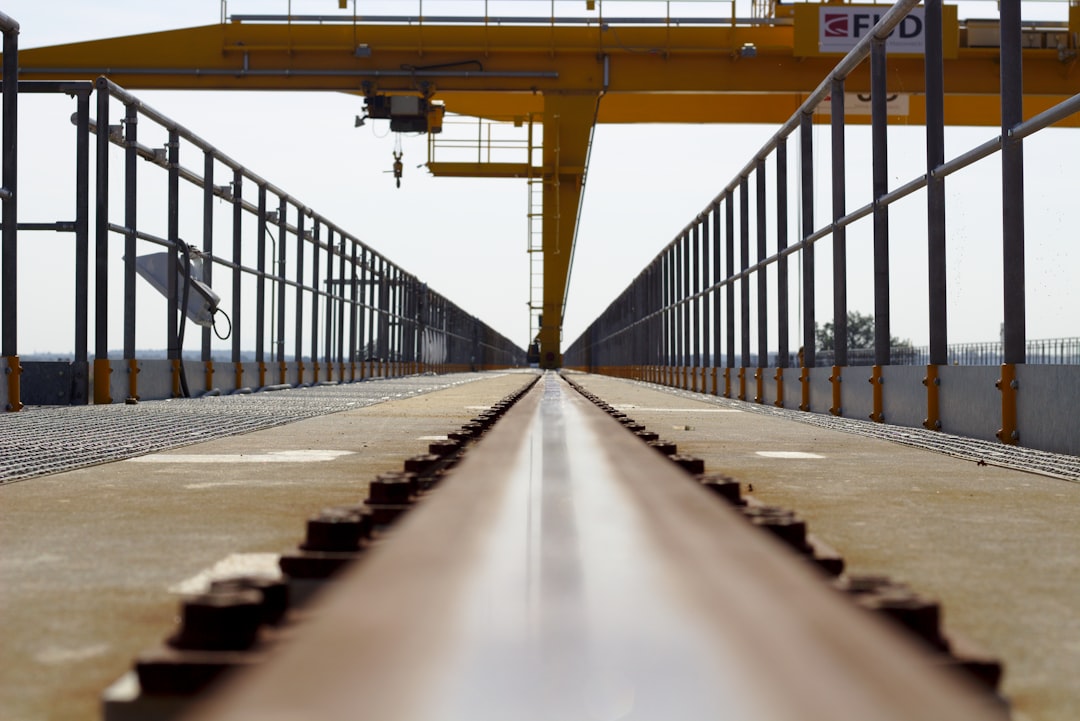The steel industry, a cornerstone of global infrastructure, is undergoing a significant transformation driven by advancements in industrial networking. From the blast furnace to the finished product, interconnected systems are optimizing processes, enhancing safety, and unlocking unprecedented levels of data-driven insights. This blog post delves into the critical role of industrial networking in modern steel trade, exploring its various facets and the technologies that power this evolution.
1. Automation and Efficiency Gains Through Industrial Networking
Industrial networking is the backbone of automation in steel plants. Real-time data exchange between various machines and systems – from robotic arms in welding to automated guided vehicles (AGVs) transporting materials – significantly improves efficiency. Technologies like Industrial Ethernet (PROFINET, EtherNet/IP, Modbus TCP) enable seamless communication, allowing for precise coordination of processes and minimizing downtime. For example, a network can monitor the temperature and pressure within a furnace, automatically adjusting parameters to optimize energy consumption and product quality. This level of automation not only boosts productivity but also reduces operational costs and waste.
2. Enhanced Safety and Risk Mitigation in Steel Production
The steel industry is inherently hazardous. Industrial networking plays a vital role in mitigating risks and enhancing worker safety. Connected sensors throughout the plant monitor critical parameters like gas levels, temperature, and equipment status. If an anomaly is detected, the system can automatically trigger alarms, shut down equipment, and initiate emergency procedures, preventing accidents and minimizing potential harm. Furthermore, remote monitoring and control capabilities allow for safer operation and maintenance, reducing the need for personnel to be present in hazardous areas. This proactive approach to safety not only protects workers but also improves the overall operational reliability of the plant.
3. Data Analytics and Predictive Maintenance for Optimized Steel Production
The wealth of data generated by connected equipment in a steel plant is invaluable for predictive maintenance. Through sophisticated data analytics, patterns and anomalies can be identified, allowing for proactive maintenance scheduling. This minimizes unexpected downtime, reducing production losses and extending the lifespan of expensive equipment. For example, by analyzing sensor data from a rolling mill, potential bearing failures can be predicted days or even weeks in advance, allowing for timely repairs and preventing costly breakdowns. This data-driven approach to maintenance is transforming how steel plants are managed, shifting from reactive to proactive strategies.
4. Supply Chain Optimization and Traceability through Industrial Networks
Industrial networking extends beyond the confines of the steel plant itself. It plays a crucial role in optimizing the entire supply chain. Real-time tracking of materials, from raw materials sourcing to finished product delivery, enhances transparency and efficiency. This traceability allows for better inventory management, improved logistics, and faster response to market demands. Furthermore, data sharing across the supply chain, facilitated by secure industrial networks, strengthens collaboration between different stakeholders, improving overall supply chain resilience and responsiveness.
5. The Role of Industrial IoT (IIoT) in the Modern Steel Mill
The Industrial Internet of Things (IIoT) is revolutionizing steel production. By connecting a vast array of sensors, actuators, and other intelligent devices to a network, steel mills gain unprecedented visibility and control over their operations. IIoT enables the collection and analysis of data from previously inaccessible sources, providing insights into previously unknown process bottlenecks and opportunities for optimization. This data-rich environment facilitates the development of advanced control algorithms and artificial intelligence (AI)-powered systems, leading to further automation, efficiency improvements, and enhanced decision-making. The integration of cloud computing further enhances data management and analysis capabilities, unlocking the full potential of the IIoT in the steel industry.
In conclusion, industrial networking is no longer a luxury but a necessity for steel companies aiming to remain competitive in today’s dynamic global market. By embracing these technologies, steel producers can enhance efficiency, improve safety, optimize production, and gain a significant competitive edge. The future of the steel trade lies in the seamless integration of advanced industrial networking technologies, leading to a more sustainable, efficient, and productive industry.
SEO Tags:
- Industrial Networking
- Steel Industry Automation
- Steel Trade Technology
- Industrial IoT in Steel
- Predictive Maintenance Steel




